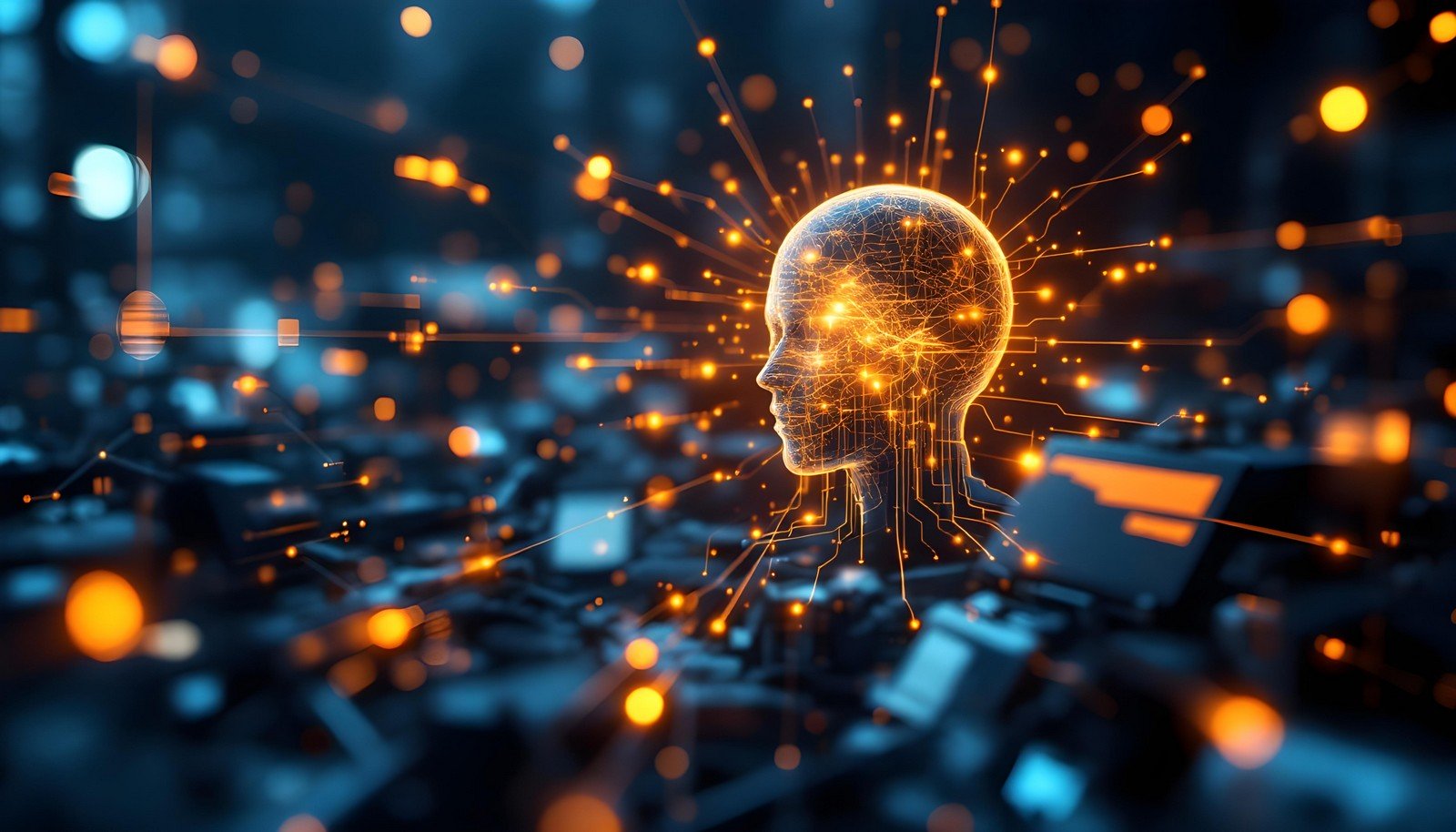Computational Neuroscience

Quick Navigation:
- Computational Neuroscience
- Computational Neuroscience Explained Easy
- Computational Neuroscience Origin
- Computational Neuroscience Etymology
- Computational Neuroscience Usage Trends
- Computational Neuroscience Usage
- Computational Neuroscience Examples in Context
- Computational Neuroscience FAQ
- Computational Neuroscience Related Words
Computational Neuroscience
Computational Neuroscience is the interdisciplinary field that uses mathematical models, theoretical analysis, and computer simulations to understand the mechanisms of the nervous system and brain function. It combines aspects of biology, computer science, physics, and mathematics to create frameworks that can simulate neural processes. This field enables scientists to model everything from single neuron behavior to complex neural networks, ultimately helping to decode how thoughts, emotions, and behaviors emerge from brain activity.
Computational Neuroscience Explained Easy
Imagine your brain as a giant puzzle where each piece represents a tiny part of your thoughts, feelings, and memories. Computational neuroscience is like having a computer solve that puzzle! Scientists use computers to figure out how these brain pieces fit together and how they work to make us think, learn, and feel. It’s like solving a mystery about how our brains are so powerful.
Computational Neuroscience Origin
The origins of computational neuroscience trace back to the 1950s when scientists began using computers to study brain processes. In 1952, researchers Hodgkin and Huxley developed the first model of neural action potentials using mathematical equations. Since then, the field has evolved significantly, blending neuroscience with advancements in artificial intelligence and computational modeling.
Computational Neuroscience Etymology
Derived from "compute," meaning "to calculate," and "neuroscience," which refers to the scientific study of the nervous system.
Computational Neuroscience Usage Trends
Interest in computational neuroscience has grown considerably over the past few decades, with notable advancements in both computing power and neuroscience research. Initially a niche area, the field now attracts researchers from various disciplines, including artificial intelligence, psychology, and data science. The demand for understanding complex brain functions has driven growth in both academic and applied settings, especially with the rise of neurotechnologies and brain-machine interfaces.
Computational Neuroscience Usage
- Formal/Technical Tagging: Interdisciplinary research, neuroscience modeling, neurocomputation
- Typical Collocations: neural network models, brain simulation, neural dynamics, cognitive processes, neural computations
Computational Neuroscience Examples in Context
- Academic Paper: “The study used computational neuroscience models to predict neural responses to visual stimuli in the primary visual cortex.”
- Everyday Language: “Thanks to computational neuroscience, we’re starting to understand how the brain organizes thoughts and memories.”
Computational Neuroscience FAQ
- What does computational neuroscience study?
It studies how the brain processes information using mathematical models and simulations. - How does computational neuroscience differ from traditional neuroscience?
It uses computational methods and theories to model neural processes, unlike traditional neuroscience, which often relies on observational techniques. - Can computational neuroscience help treat brain diseases?
Yes, it helps researchers model disease processes, potentially leading to better treatments. - Is artificial intelligence a part of computational neuroscience?
They’re related fields; computational neuroscience uses AI methods to simulate neural functions. - What careers are available in computational neuroscience?
Careers include research scientists, neurocomputational engineers, and data analysts in neurotechnology. - What programming languages are used in computational neuroscience?
Python, MATLAB, and R are common for data analysis and neural modeling. - How does computational neuroscience model brain activity?
By using mathematical equations and algorithms to simulate how neurons and networks behave. - Does computational neuroscience work with brain imaging data?
Yes, computational neuroscience often analyzes data from MRI, EEG, and other imaging techniques. - Is machine learning involved in computational neuroscience?
Yes, machine learning techniques are commonly used to predict and analyze neural data. - What are some famous computational neuroscience models?
The Hodgkin-Huxley model for action potentials and the Hebbian theory for synaptic learning are foundational.
Computational Neuroscience Related Words
- Categories/Topics: Neuroscience, artificial intelligence, machine learning, brain-computer interfaces, neural modeling
- Word Families: neuron, neuroplasticity, neural network, computational model
Did you know?
Computational neuroscience made a groundbreaking leap in 2013 when the Human Brain Project was launched. This billion-euro initiative aimed to create a complete digital model of the human brain, helping us understand complex neurological diseases and potentially opening doors to new treatments for disorders like Alzheimer’s and epilepsy.
PicDictionary.com is an online dictionary in pictures. If you have questions or suggestions, please reach out to us on WhatsApp or Twitter.Authors | Arjun Vishnu | @ArjunAndVishnu

I am Vishnu. I like AI, Linux, Single Board Computers, and Cloud Computing. I create the web & video content, and I also write for popular websites.
My younger brother, Arjun handles image & video editing. Together, we run a YouTube Channel that's focused on reviewing gadgets and explaining technology.



Comments powered by CComment